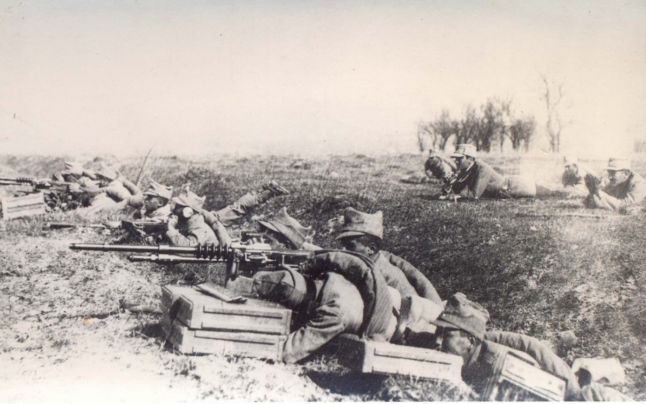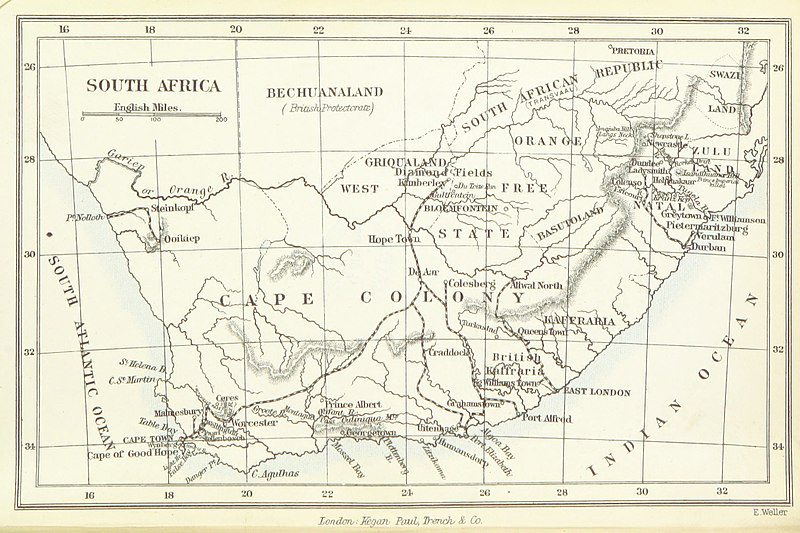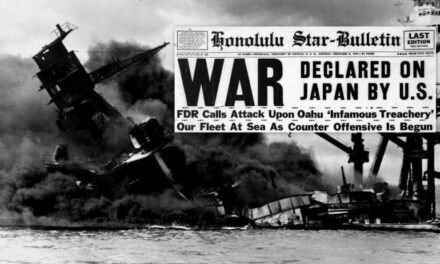Reading time: 6 minutes
The Great War was a major turning point for virtually all European countries, but not too many of them enjoyed a positive outcome. Although it took two years for Romania to enter the war and another two for the conflict to reach a conclusion, the result was an unlikely unification of its historical lands and the beginning of the most prosperous period in the nation’s history.
By Dan Teodorescu.
A Fragile Independence
Romania’s geographical location on the eastern side of Europe meant that it always had its fair share of conflict. By the end of the 19th century it seemed like things were finally about to take a positive turn, after ruler Alexandru Ioan Cuza managed to unite the regions of Wallachia and Moldavia under one flag, into a nation that will eventually be recognized as Romania.
Almost two decades later, in 1877, Romania declared its independence from the Ottoman Empire, after centuries of resisting their constant attempts of assimilating its lands. Although it was a huge step forward for the Romanian people, it came with a caveat, as the only way of protecting this fragile independence was by striking an alliance in 1883 with the Austro-Hungarian Empire, who had earlier conquered the historically Romanian land of Transylvania.
Despite it being a huge compromise and leaving a huge chunk of Romania’s land and population in the hands of the Austro-Hungarians, the alliance was absolutely crucial for multiple reasons. Aside from keeping the Ottomans at bay, it was also meant to deter the ever-expansionist goals of Russia.
A Nation Divided
After the Great War started and the Triple Alliance, the coalition that included Austro-Hungary, Germany, and Italy, attacked Serbia, there was great pressure on Romania to join the alliance and help its war efforts. However, it was not obligated to do so, as the 1883 alliance stipulated that Romania was only obligated to offer military aid to the Austro-Hungarian Empire for defensive reasons. Given that the Triple Alliance was the one initiating the conflict, it was free to choose its own path.
This proved to be much harder than it first seemed, as public opinion was deeply divided. Romania’s king, Carol the First, was of Germanic ethnicity and naturally favored entering the war along with the Triple Alliance, but most political figures at the time insisted that the country remained neutral, for the time being.
What followed was a tumultuous time for Romania’s political class, divided between joining the Alliance and staying neutral. Given the complicated diplomatic context, staying neutral was still widely seen as the wise choice, but the pro-German sentiment was strong and widely supported by press propaganda.
This video gives an excellent overview of how it all unfolded.
The End of Neutrality
Faced with arguably one of the toughest decisions in its history, Romania was still deeply divided in the first two years after the war had started. To put it simply, an alliance with the triple Alliance meant that Transylvania will likely never be reunited with Romania, but not taking a stand against the Triple Entente, which consisted of France, Russia, and Great Britain, would leave Romania’s Eastern territories vulnerable to the threat posed by the Russian Empire’s expansionist desires. A bad decision could have meant that Romania would lose both its Western and its Eastern territories.
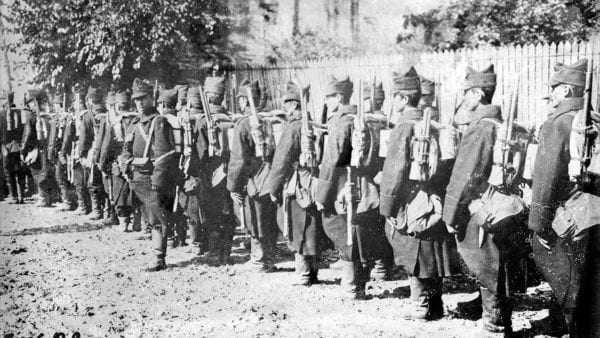
By 1916, Romania had vastly improved its military and it was widely believed that it had the power to tip the scale for one side or the other. This put the country in a privileged position, but action needed to be taken quickly for this favorable context to be taken advantage of. In a bold but difficult move, Romania missed the most favorable moment for entering the war and made it clear to the Triple Entente that an alliance was only possible if Russia agreed in writing that Romania’s sovereignty would be fully respected should they win the war.
This video covers Romania’s entry into the war.
After convincing The Russian Empire to agree to this, Romania finally entered the war, on the side of Russia, Great Britain, and France, by declaring war on the Austro-Hungarian Empire in August 1916. What followed were two tumultuous years, with Romania fighting hard to push the front to the West and conquer Transylvania.
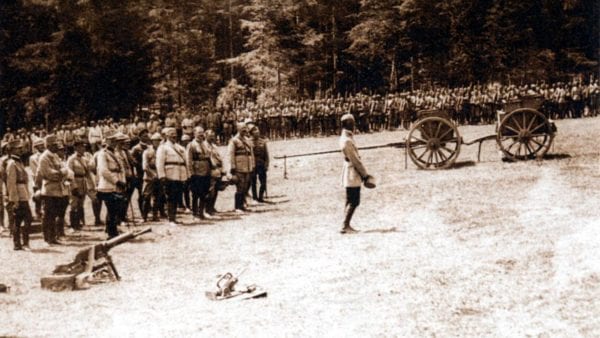
The lowest point came in early 1918, when Russia’s Bolshevik Revolution and Communist takeover made it exit the war and therefore abandon its Romanian allies, making Romania sign a very one-sided peace treaty with allied enemies Germany, Austro-Hungary, Bulgaria, and Turkey. The treaty gave away huge parts of Romania’s territory, the rights to the country’s oil exploitations, and total control of the Danube.
An Unlikely Success
Despite 1918 initially looking like a dark year for Romania, it turned out to be arguably the best in its history. By autumn, although the peace treaty had eliminated the country from the war, France, Great Britain, and their allies, which now included the U.S., had managed to decisively weaken their enemies’ resolve, making Romania re-enter the war for the final push.

Having entered the war after signing the treaty with Russia, Romania not only joined the side that would ultimately win it, but also made sure that its Eastern territories could not be annexed by the Communists after the war. This diplomatic masterstroke made Romania a huge winner in the post-war negotiations, having managed to fully unify all Romanian territories by adding Transylvania and keeping its Moldavian territories. On the 1st of December in 1918, in the Romanian town of Alba Iulia, the treaty that made Transylvania officially a part of Romania was signed. Nowadays this is Romania’s national day, as it celebrated Romania’s full unification and the beginning of one of the most prosperous periods in its history, which would come to an abrupt end after World War II.
This video shows how Romania’s territory expanded and contracted over the period.
These are some good podcasts that cover the Romanian experience in WW1.
Articles you may also like
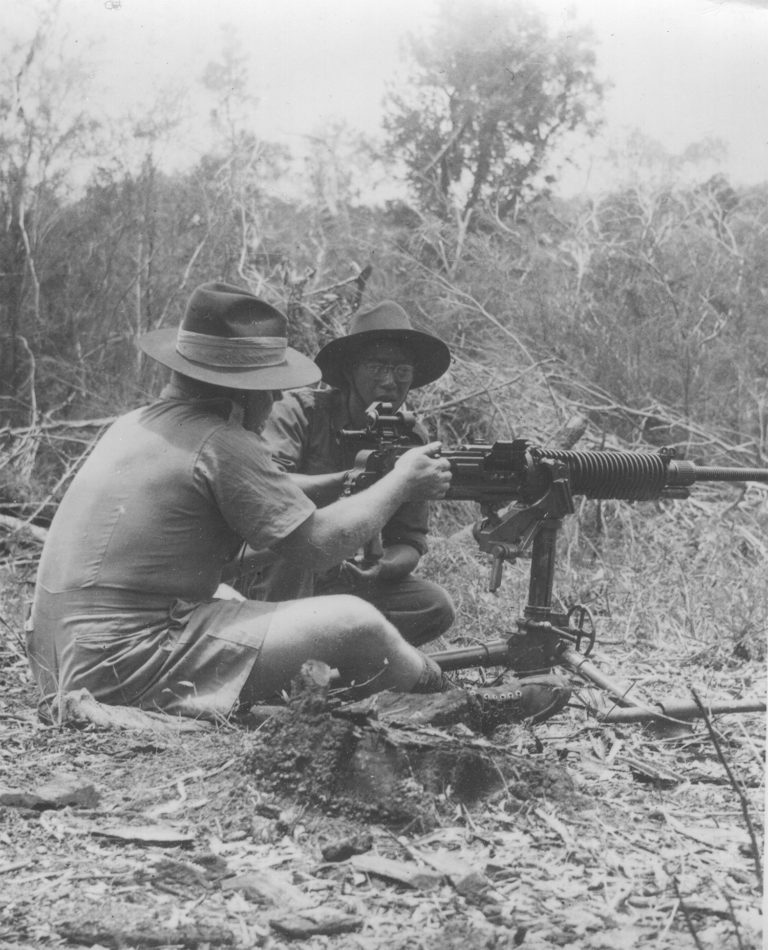
Finding ‘Forgotten’ Allies
Reading time: 8 minutes
Although it is difficult to calculate exactly how many Burmese personnel were recruited by SOE for operations within the country, we do know that it was in excess of 20,000. Those personnel represented at least fourteen different ethnic communities, from the majority Burman (Bamar) and well known Shan, Karen, Kachin, Chin, and Arakanese (Rakhine) peoples, to the less heard about Palaung, Kuki, and Lahu. Also included were nationalities who had large populations in Burma, such as the Gurkhas, Indians, and Chinese. Add to this the Anglo-Burman, Indo-Burman and other mixed ethnicity personnel, for example Shan-Kadu, and it is clear that there was a huge contribution made to Force 136 operations by non-Caucasian peoples. As my research for the Men of SOE Burma page has revealed, finding out about Asian Special Forces personnel in Second World War Burma has many obstacles.
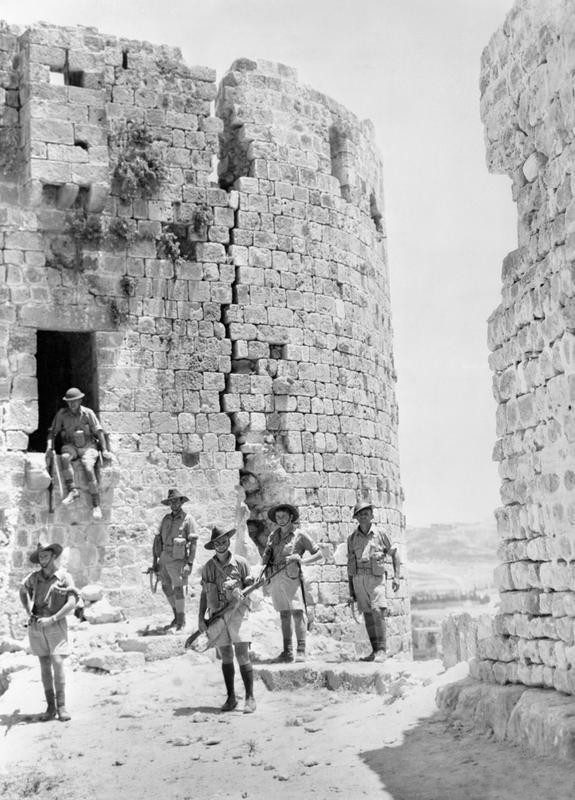
Australia’s War with France
Reading time: 12 minutes
The Nahr al-Kalb, or ‘Dog River’, meets the Mediterranean Sea just north of Beirut, after meandering thirty kilometres downstream from its wellspring in the Lebanon range. A four-lane highway overpass runs along this stretch of coast, and tentacles of concrete obscure the river mouth. The strip of land to the north and south has been reclaimed from the sea. It’s a flat, featureless stretch of windblown sand and garbage. In ancient times, though, the view was very different. The steep riverbanks dropped straight into the ocean, and the Lycus, as the river was then known, was a significant obstacle to conquering armies.
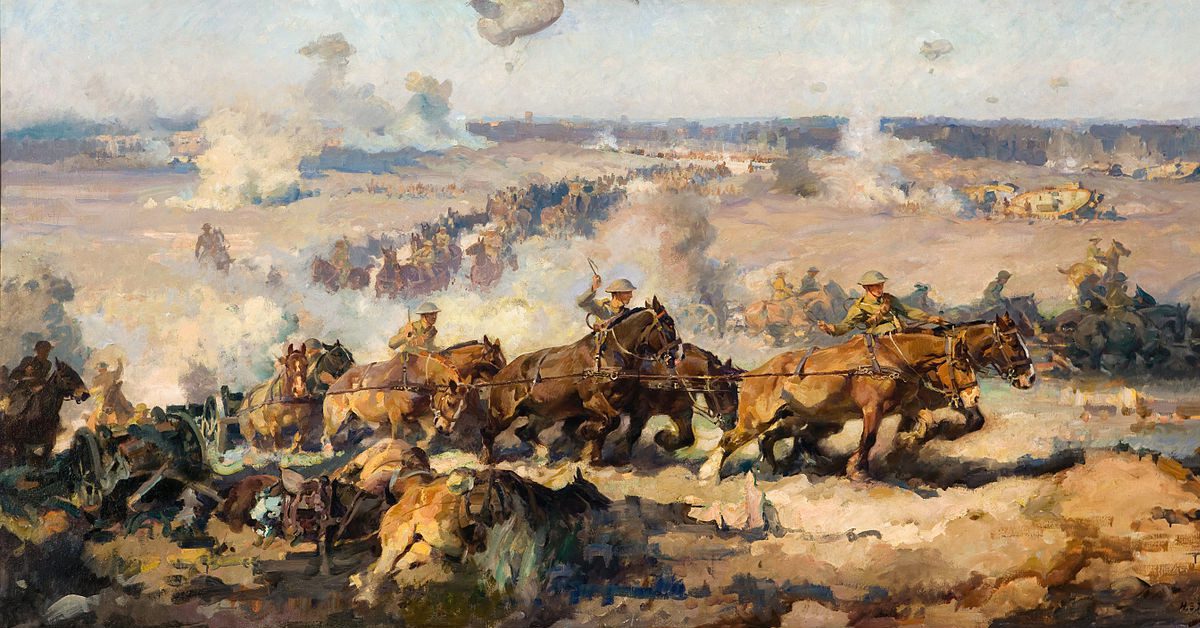
Free of the Trench: How British & Imperial Forces Overcame the Deadlock of the Western Front
Reading time: 12 minutes
The First World War came to an end just over 100 years ago, a mere moment’s time in human history. But as close as we are to it, a century is more than enough to surround that conflict with myth and misconception.
The image of the war on the Western Front, as brought to us through decades of outdated scholarship and popular fiction, is simple: two vast armies, each equipped with the latest murderous fruits of the industrial age, found they couldn’t decisively defeat one another in the field and so settled into a long, bloody, dirty, and consumptive war in which thousands of lives were thrown away every day, often for minuscule gains which would bring neither side meaningfully closer to victory.
The real story is more complicated. By 1916, it was plain to see that tactics like those championed by Haig, designed to draw out the enemy for a momentous set-piece battle, weren’t working, and even those neck-deep in the fight didn’t need the benefit of hindsight to recognise that.
The text of this article was commissioned by History Guild as part of our work to improve historical literacy. If you would like to reproduce it please get in touch via this form.

